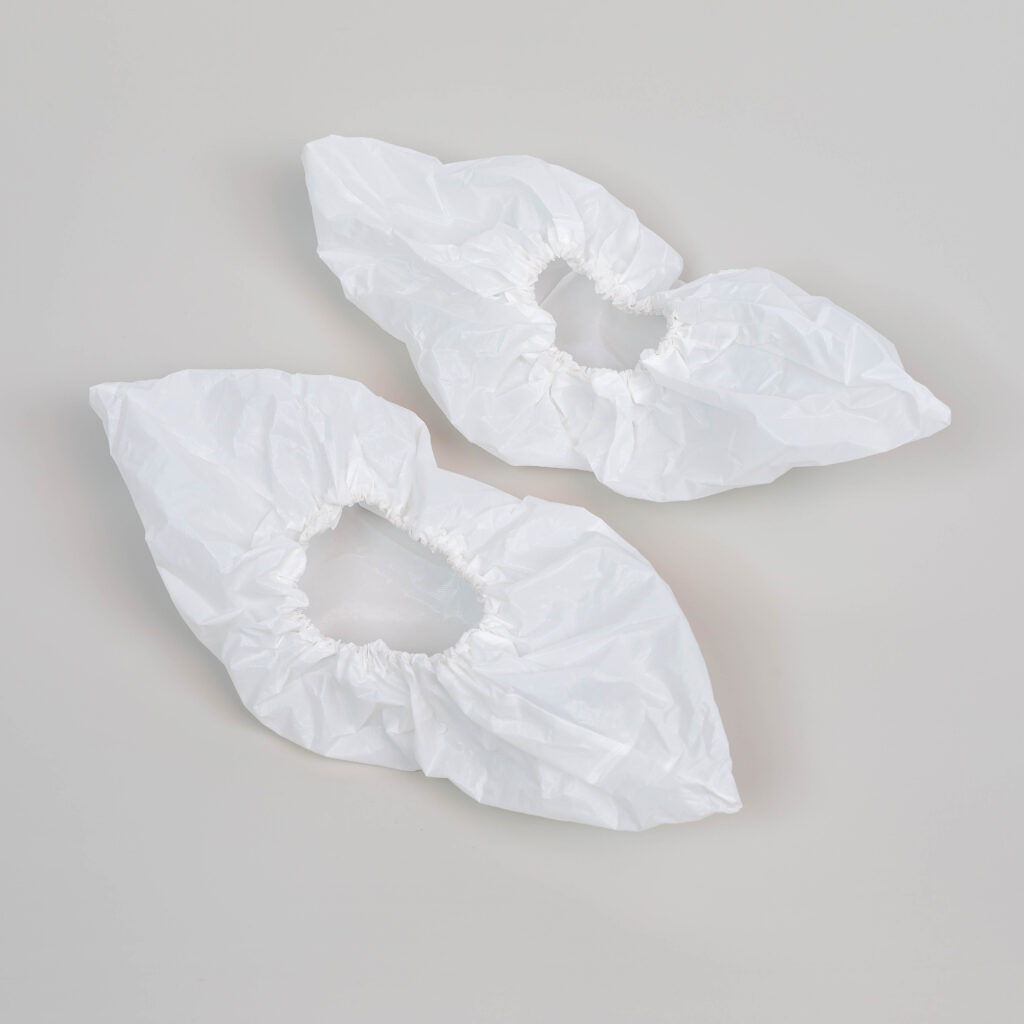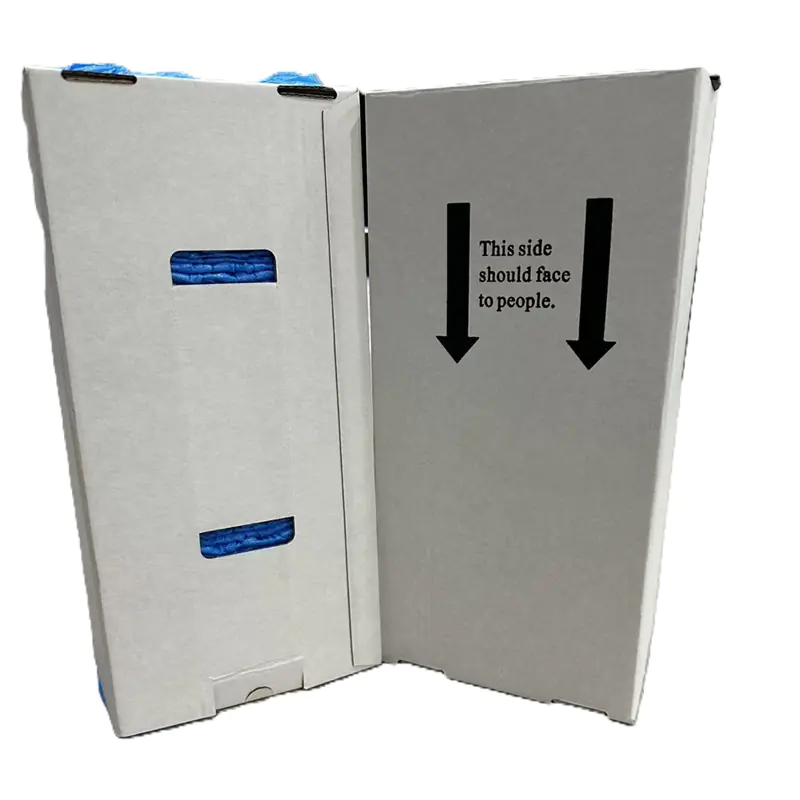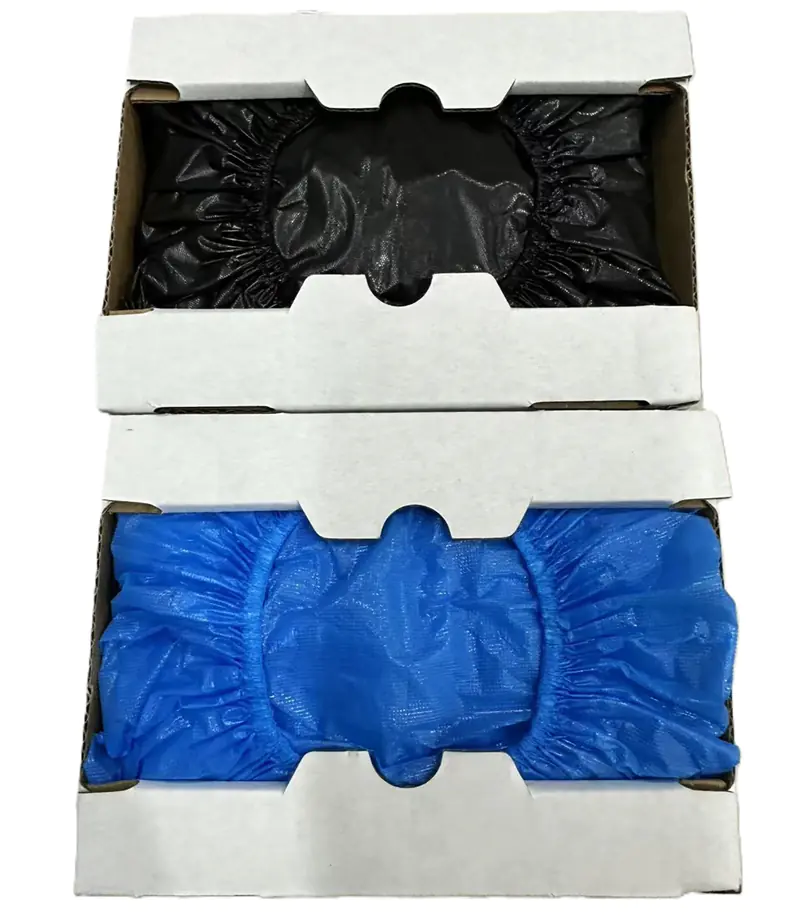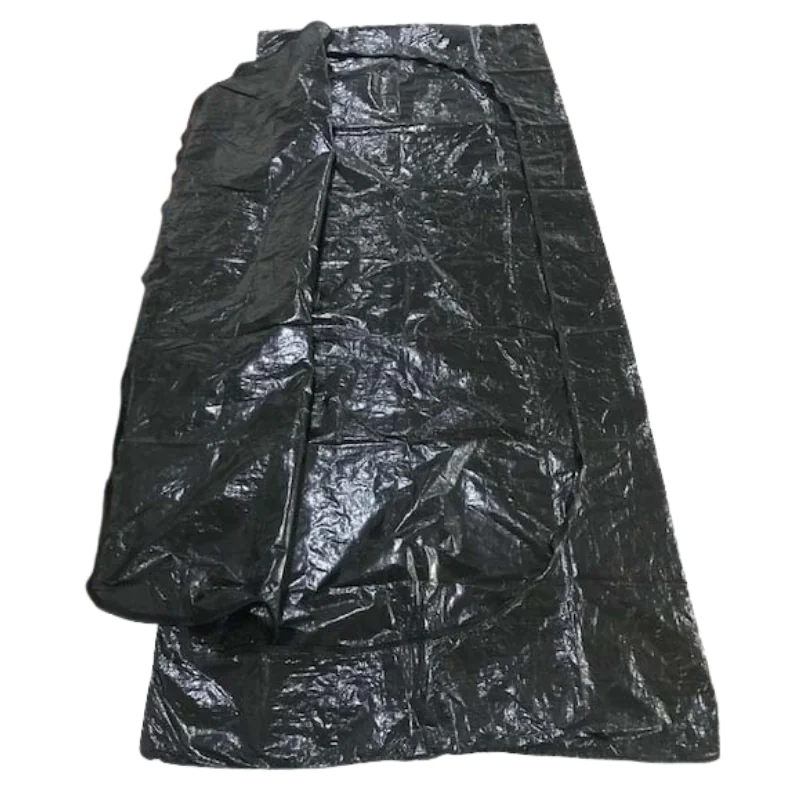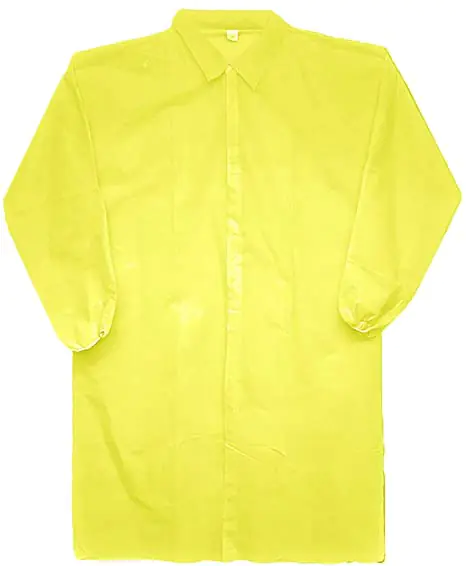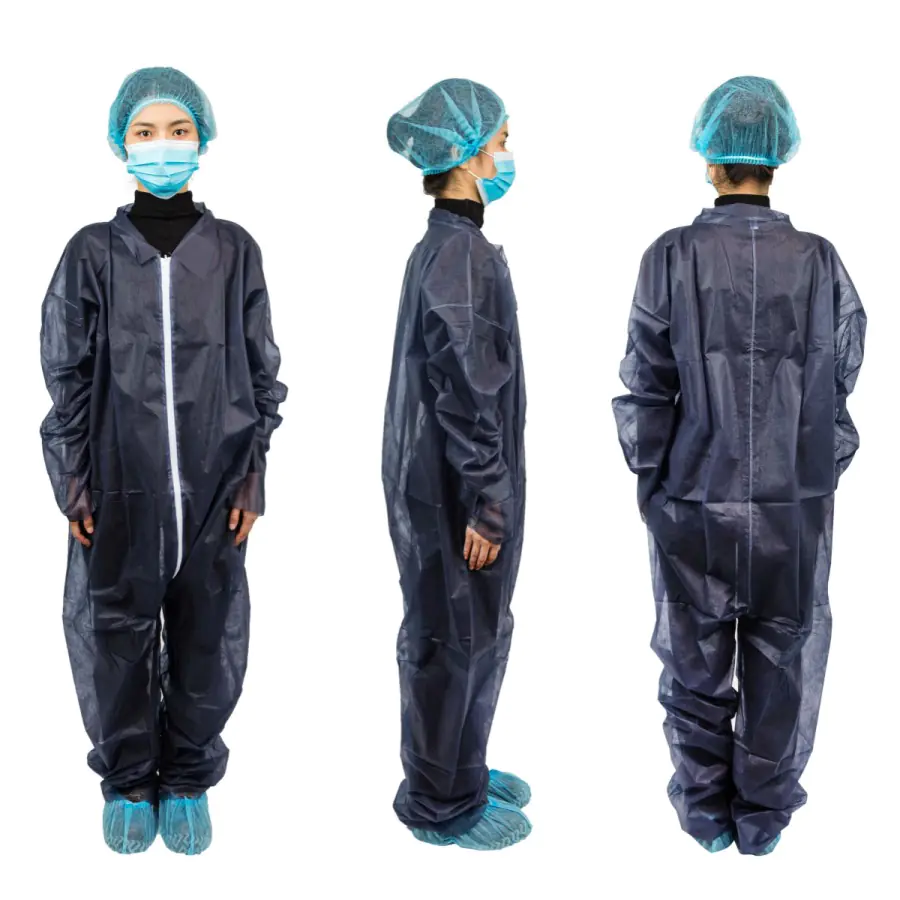Nobody likes getting their nice shoes wet and dirty when it rains. Couvre-chaussures de pluie jetables seem like an easy way to keep your shoes safe. But what are they made of, and how well do they really work, especially when it pours?
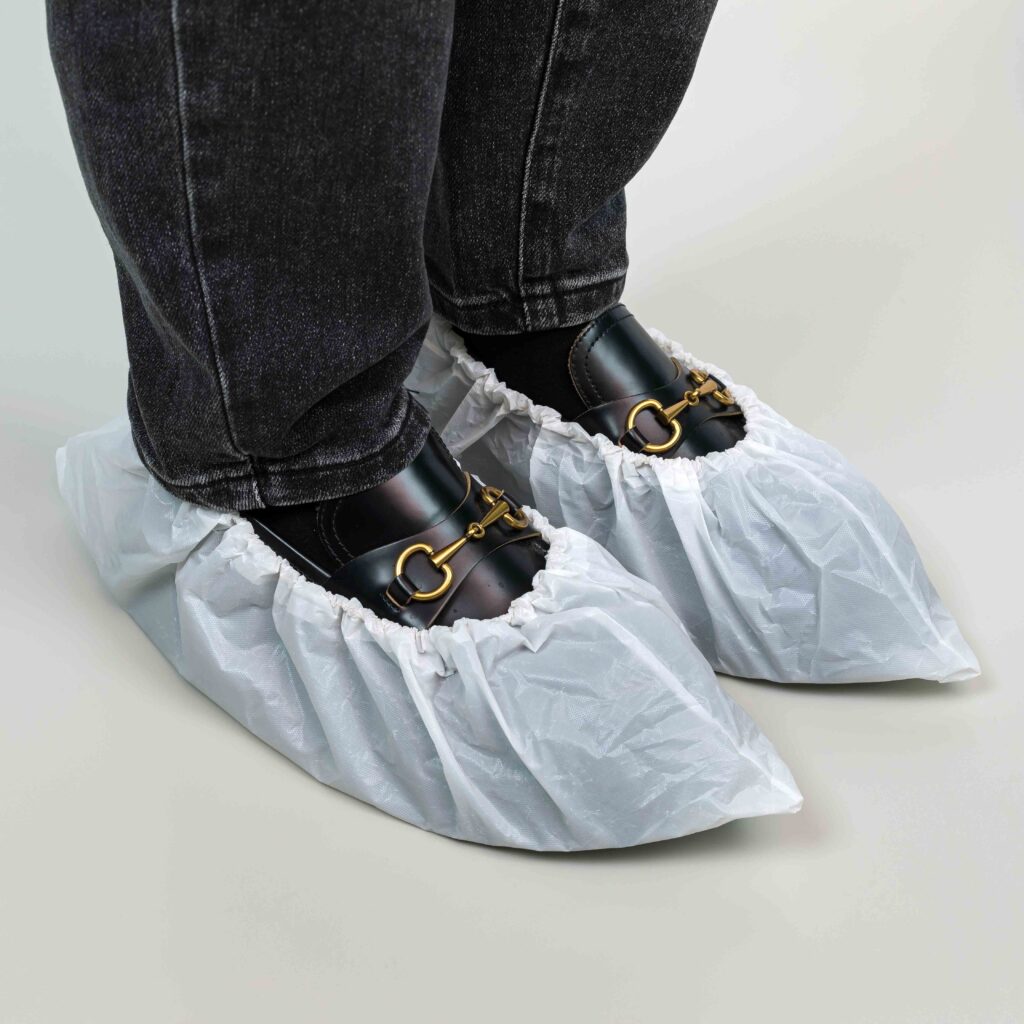
What Materials Are Used?
La plupart des couvre-chaussures de pluie jetables are made from types of plastique. The most common kinds are:
- PE (Polyethylene): This is a very common plastic. It’s light et waterproof, making it good for simple covers.
- CPE (Chlorinated Polyethylene): This plastic is often a bit stronger and more durable than regular PE. You might find Couvre-chaussures imperméables jetables pour CPE which are designed to resist water well.
Sometimes, you might see covers made from PVC plastic or even special non-woven fabrics that have a waterproof coating. The main idea is to use a material that water cannot easily pass through. These materials are chosen because they are cheap to make, light to carry, and can be thrown away after use.
How Much Protection Do They Give?
These shoe covers are great for certain situations:
- Light Rain and Drizzle: They do a good job protecting your shoes from light rain or splashes.
- Wet Ground: They help keep your shoes clean and dry when walking on wet sidewalks or grass after rain.
- Mud: They can offer a barrier against mud and dirt.
Think of them as a temporary shield for your shoes. They are designed for convenience and basic protection.
What About Heavy Rain?
Here’s the important part: couvre-chaussures jetables are usually not designed for fortes pluies or deep puddles.
Here’s why:
- Open Tops: Water can still run down your legs and get into the cover from the opening around your ankle.
- Seams: In very heavy rain, water might slowly leak through the places where the plastic is joined together (the seams).
- Thin Material: These covers are often thin. They are meant for short-term use and can tear if you walk on rough ground or snag them on something.
- Deep Water: They won’t keep your feet dry if you step into deep puddles that go over the top of the cover. For better protection higher up your leg, you might need something like disposable plastic boot covers.
Conclusion
Couvre-chaussures de pluie jetables, often simple plastic shoe covers, are made from waterproof plastics like PE or CPE. They offer handy, temporary protection against light rain, splashes, and wet ground. However, they are not the best choice for heavy downpours or wading through puddles because water can get in the top, and they might leak or tear. They are a useful, cheap item to keep handy for unexpected light showers or messy conditions.

